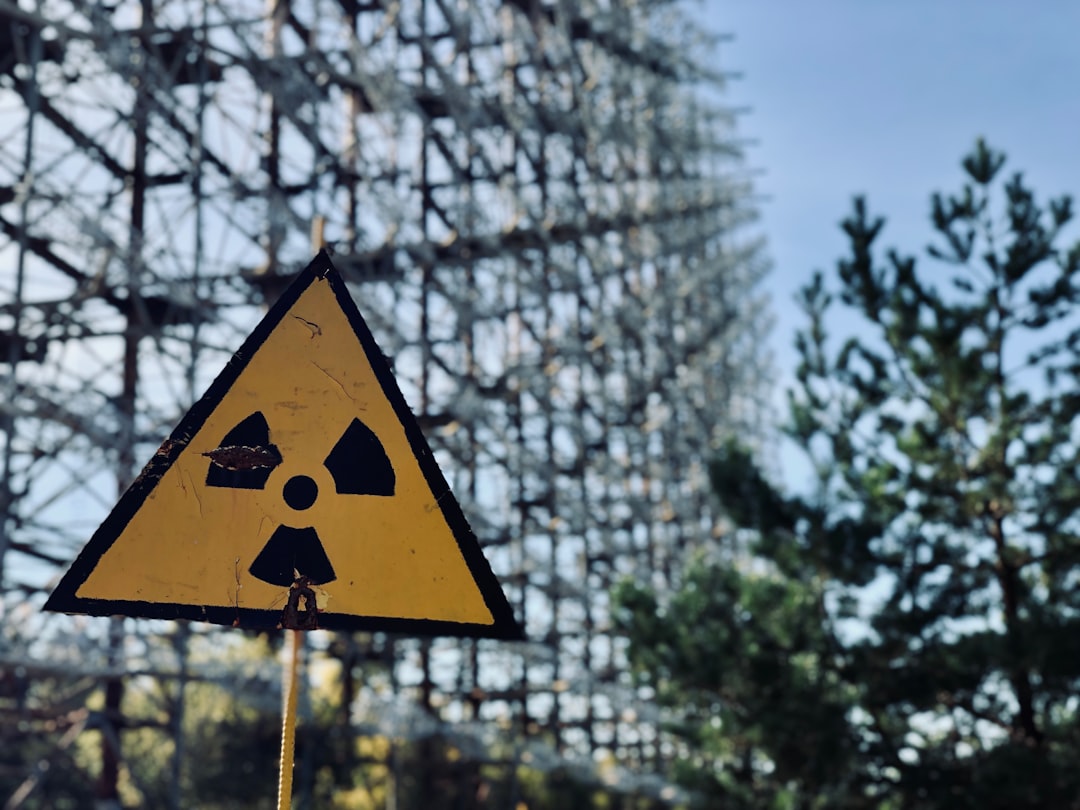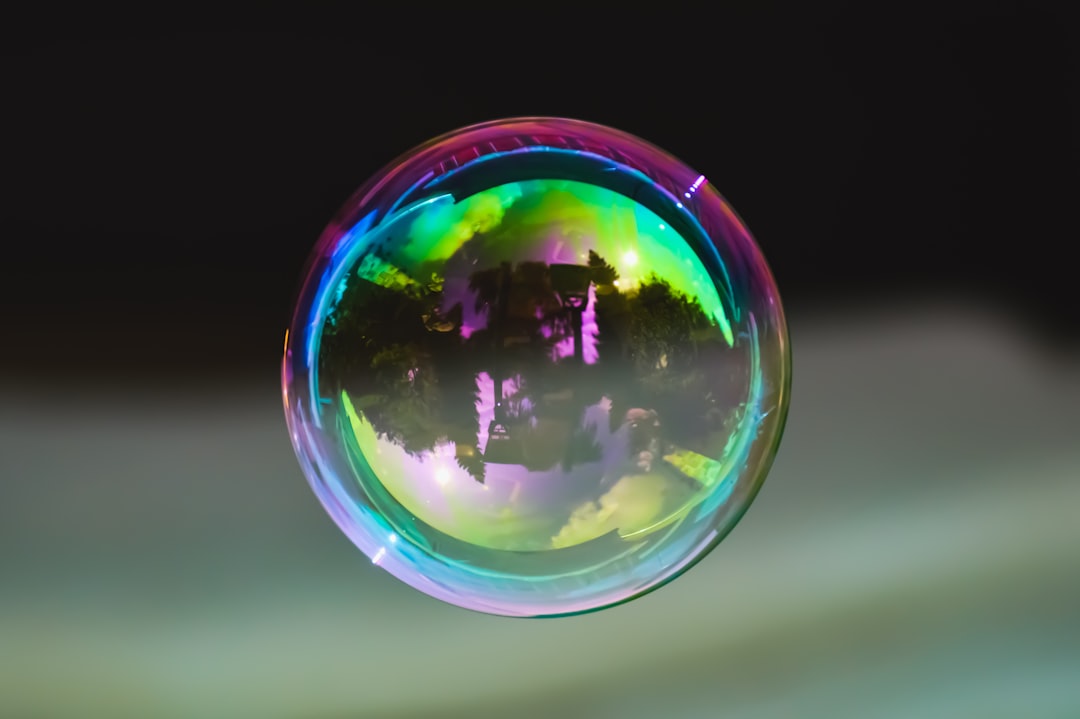What is it about?
Artificial photosynthesis aims to produce solar fuels (e.g. hydrogen) using synthetic systems. Here, we used semiconductor nanoparticle (quantum dot) films, which absorb visible light, and linked them to hydrogenase mimics. These small molecules are derived from natural hydrogenases, large proteins which can convert water to molecular hydrogen. We investigated the linking mechanism and photocatalytic efficiency in dependance of different catalyst structures.
Featured Image

Photo by Jong Marshes on Unsplash
Why is it important?
Our approach uses as-synthesized quantum dots which are processed into thin filmys and functionalized using a simple approach for a robust photocatalytic system. This stands in contrast to previous approaches, which require intricate molecular structures and additives, such as hydrophilic polymers, to enable a water-dispersible photocatalytic system, which consists of hydrogenase mimics and quantum dots. This proof-of-principle approach will serve as a basis for future robust and efficient photocatalytic systems.
Perspectives
Artificial photosynthesis is a promising route towards carbon dioxide free production of fuels. But even though there are already many efficient photocatalytic systems reported, the implementation into actual devices or films is still a huge challenge. We show here a simple proof-of-principle approach of an efficient system for solar fuel generation in a thin film architecture.
Mathias Micheel
Leibniz Institute of Photonic technology
Read the Original
This page is a summary of: Covalent Functionalization of CdSe Quantum Dot Films with Molecular [FeFe] Hydrogenase Mimics for Light-Driven Hydrogen Evolution, ACS Applied Materials & Interfaces, April 2023, American Chemical Society (ACS),
DOI: 10.1021/acsami.3c00184.
You can read the full text:
Contributors
The following have contributed to this page










